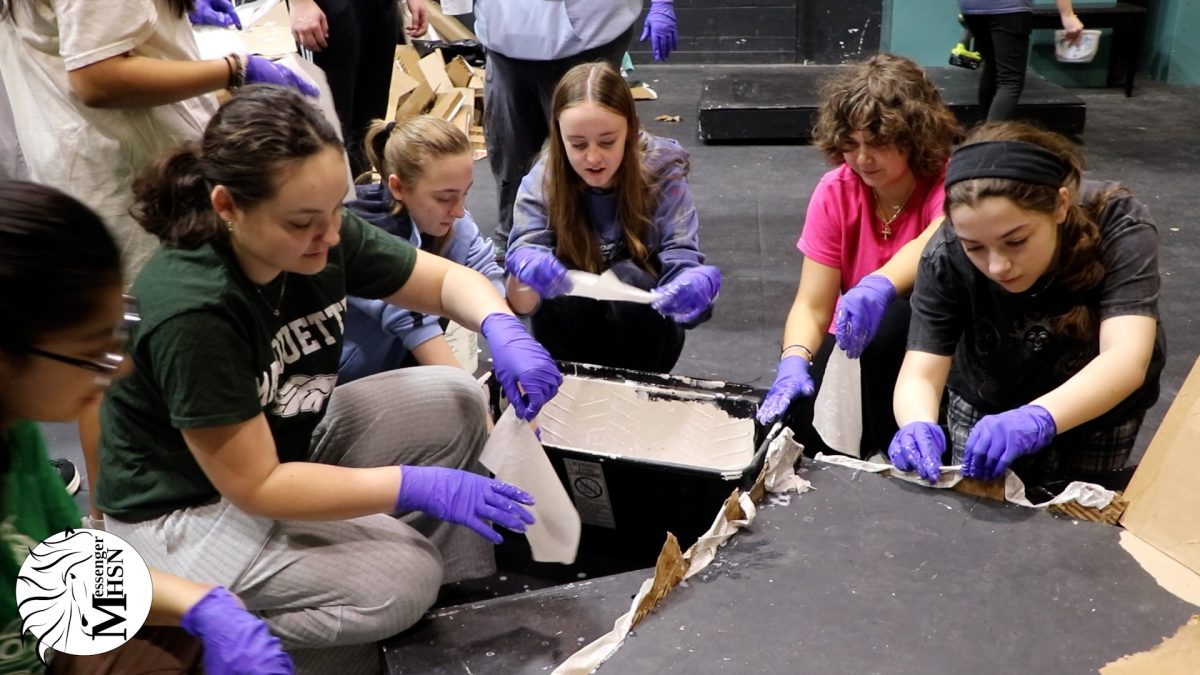Black Hair. The kinky, coily, curly hair that grows from a black person’s head. Associated strength, expression, femininity, and attractiveness of the black person. Often considered unprofessional, “nappy” and unruly in mainstream America, especially in its natural state.
Natural black hair, especially worn by Black women, has been seen as unprofessional and unruly in mainstream America since the beginning of time. If one searches “unprofessional hairstyles on women” on Google, one is bound to find more Black women featured on this page than anything. This prevented Black women from moving up the ranks in the corporate, mainstream, and entertainment industries because their look was “too wild.”
Justin Simien’s 2020 film “Bad Hair” seeks to debunk the myth that the Black woman’s natural hair is “bad hair” while characterizing that weave, or sew-ins, is indeed the “bad hair.” This movie was well-thought out and acknowledged several issues prevalent within the black community such as colorism, cultural whitewashing, self-determination, and African spirituality. With the main character, Anna, being a dark-skinned woman with natural 4c hair in 1989, I knew this movie was bound to be a hit, and I wasn’t disappointed.
The movie opens with Anna in her pre-teen years kneeling over a bathtub with a relaxer in her hair. Upon washing out the chemicals, her at-home beautician and cousin, Linda, sees clumps of Anna’s hair fall out into the tub, and shortly after, Anna gets a taste of the nightmare of every Black woman with relaxed hair: a chemical burn. This event, early in Anna’s life, goes on to not only leave a permanent scab in her scalp but also a permanent disdain for her natural hair.
Relaxer. There was a narrative pushed on Black women that Black hair, especially 4a, 4b and 4c hair, is “bad hair”; thus, Black women began to get relaxers, a chemical that makes the once kinky, curly strand of hair straight and easier to manage. This process provided a temporary assimilation into white society for Black women.
This scene in the movie is very important, for it still occurs– probably not as often– to this day in some Black households. It is very important to note that Linda is light-skinned with relaxed hair, and Anna is not. This dynamic between the two cousins represents a higher institution of colorism that favors the lighter-skinned Black woman over the darker because she appeals more to Eurocentric beauty standards.
Fast forward in Anna’s life: she is seen working in corporate, entertainment America– with her dark skin and 4c hair. I thought this was a huge plot twist, for this was almost unheard of in 1989. However, my hopes were shot down when she ended at “Culture,” the Black section of the entertainment company. Anna was an executive assistant with dreams of getting in front of the camera; however, she never seemed to have “it.” Changes needed to be made to “Culture” to appeal to a broader audience, so the company brought in Zora, a light-skinned, ex-supermodel who rocked a sew-in. This move was to the dislike of plenty within “Culture,” for this company was the Black culture: natural hair, hip-hop, slang and more.
The turning point in this movie comes when Zora suggests to Anna that she should get a sew-in from this hair salon, Virgie’s. The entire process of Anna actually getting the sew-in was animated, to say the least. From the braiding to Anna’s real hair to the needle going through her hair to secure the weave, the images flashing across the screen lured you in to wonder what was really happening as she got this hairstyle. This couldn’t just be a regular hairstyle. This had to be something else.
Sew in.The process of braiding one’s natural hair down and using needle and thread to secure weave to one’s scalp so it looks like his/her/their own.
Slowly, Anna’s hair began to have a mind of its own, and this is where the African spirituality comes into play. Anna’s uncle, Amos, is a firm believer in the Black folktale stories which contain African spirituality. Just like plenty of Black folks today, Anna didn’t believe those stories because they seemed mystical and fake. However, with her hair becoming a source of unexpected evil in her life, she began to realize her weave mirrors the story of “The Moss Haired Girl,” a folklore.
Over the course of the movie, Anna seems to acquire more success as her hair seems to become more sinister. I think this realization goes to show how the Black woman must take on another identity in order to gain success in corporate and/or entertainment America.
The cinematography of this movie is superb and top of the line. “Bad Hair” connects horror to everyday occurrences within the Black community. Maybe Simien is suggesting that the everyday life of the dark-skinned Black woman in mainstream America is a horror story.
One thing is for sure, Simien’s intention to claim that weave, not natural Black hair, is the actual “bad hair” was crystal clear– and well delivered.
While the horror aspect of the movie may not be what I love to see, the underlying message in “Bad Hair” is what I needed to see.
Kudos to Justin Simien for yet another hit movie.
This story was originally published on The Vision MSMS on December 1, 2020.



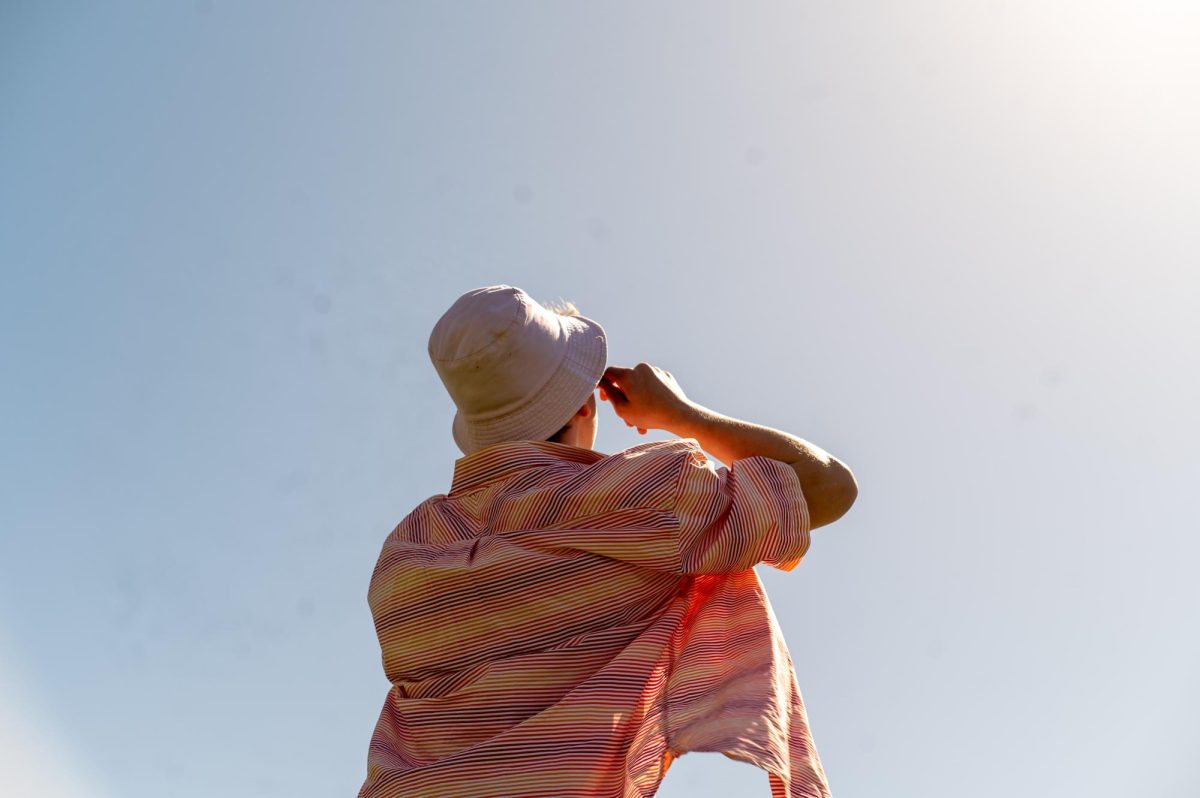
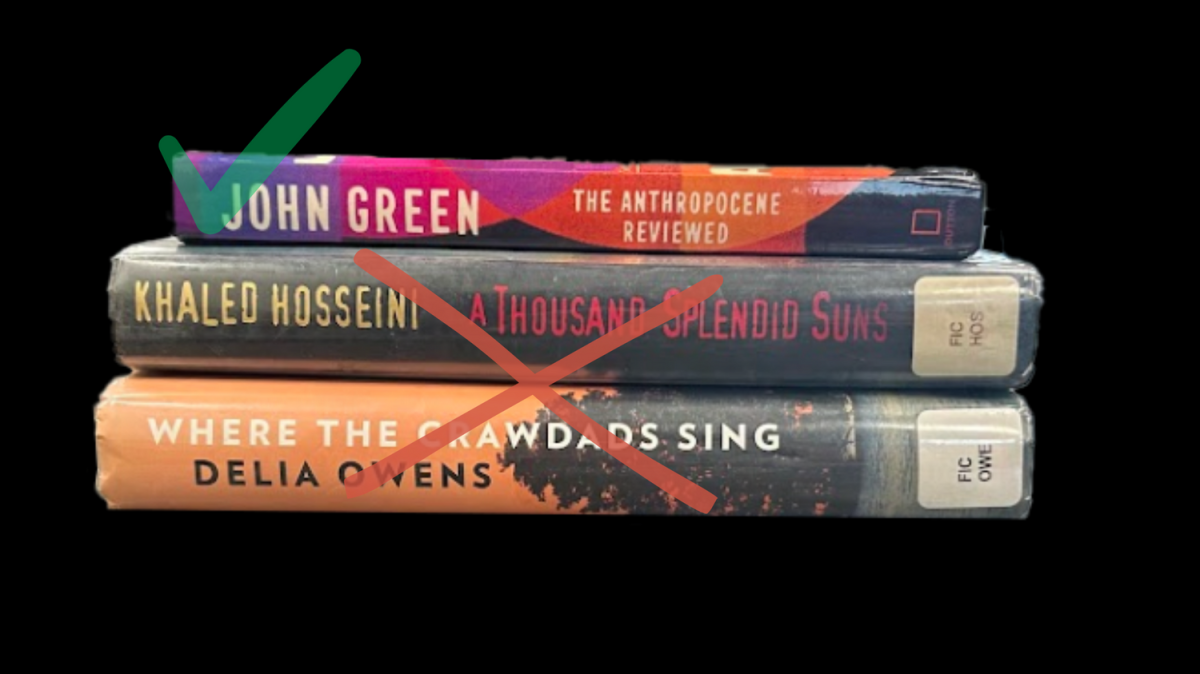





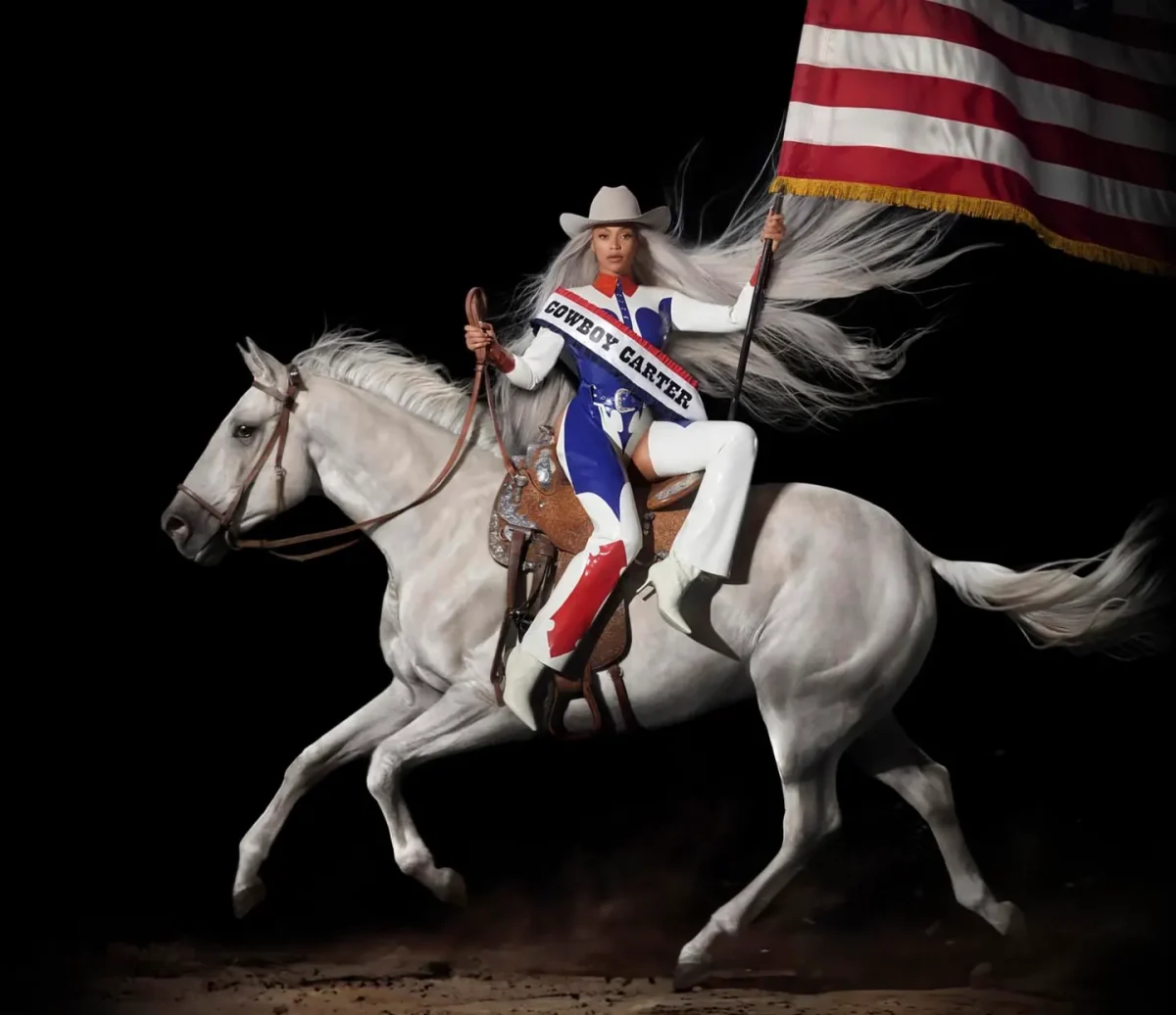


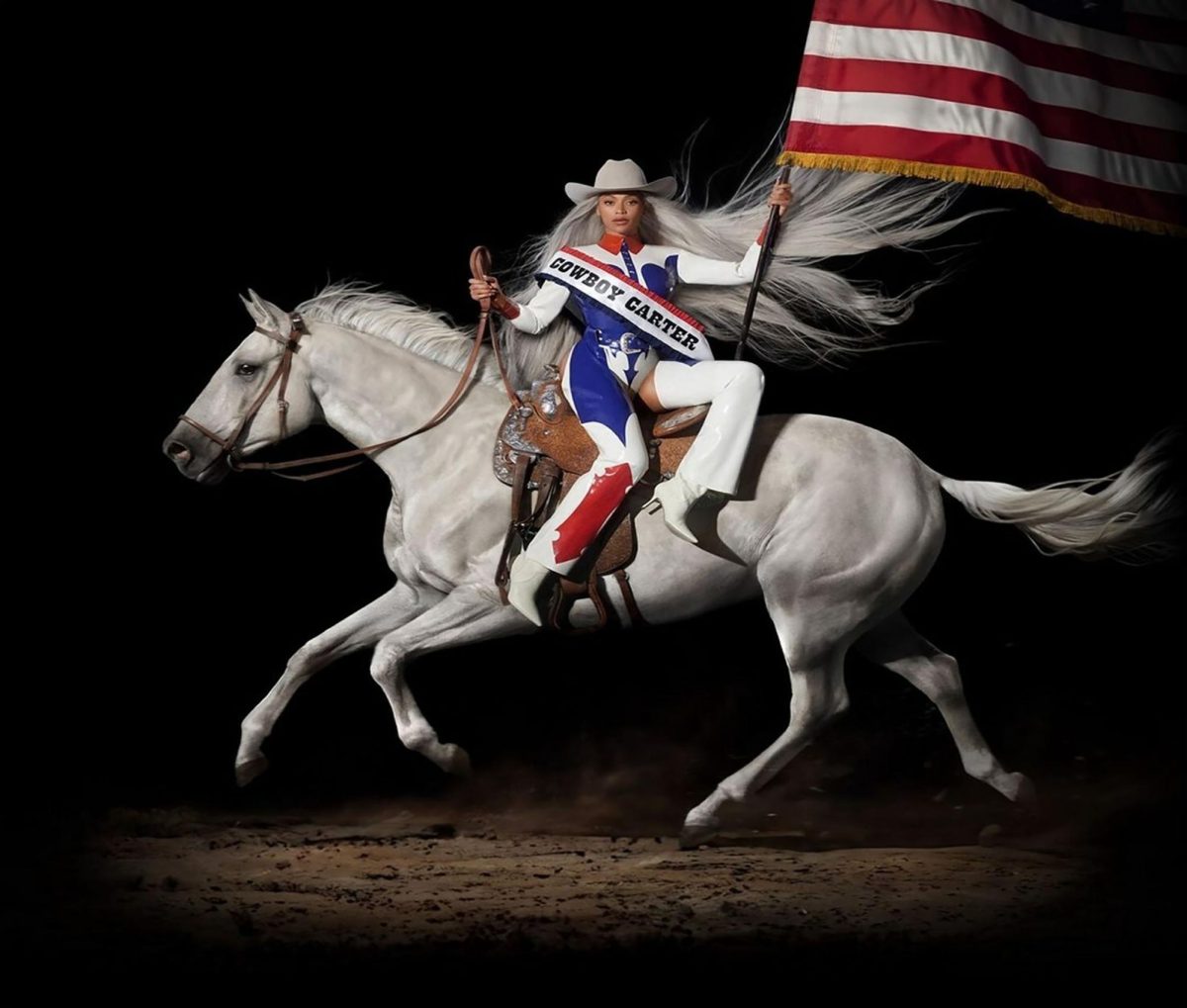













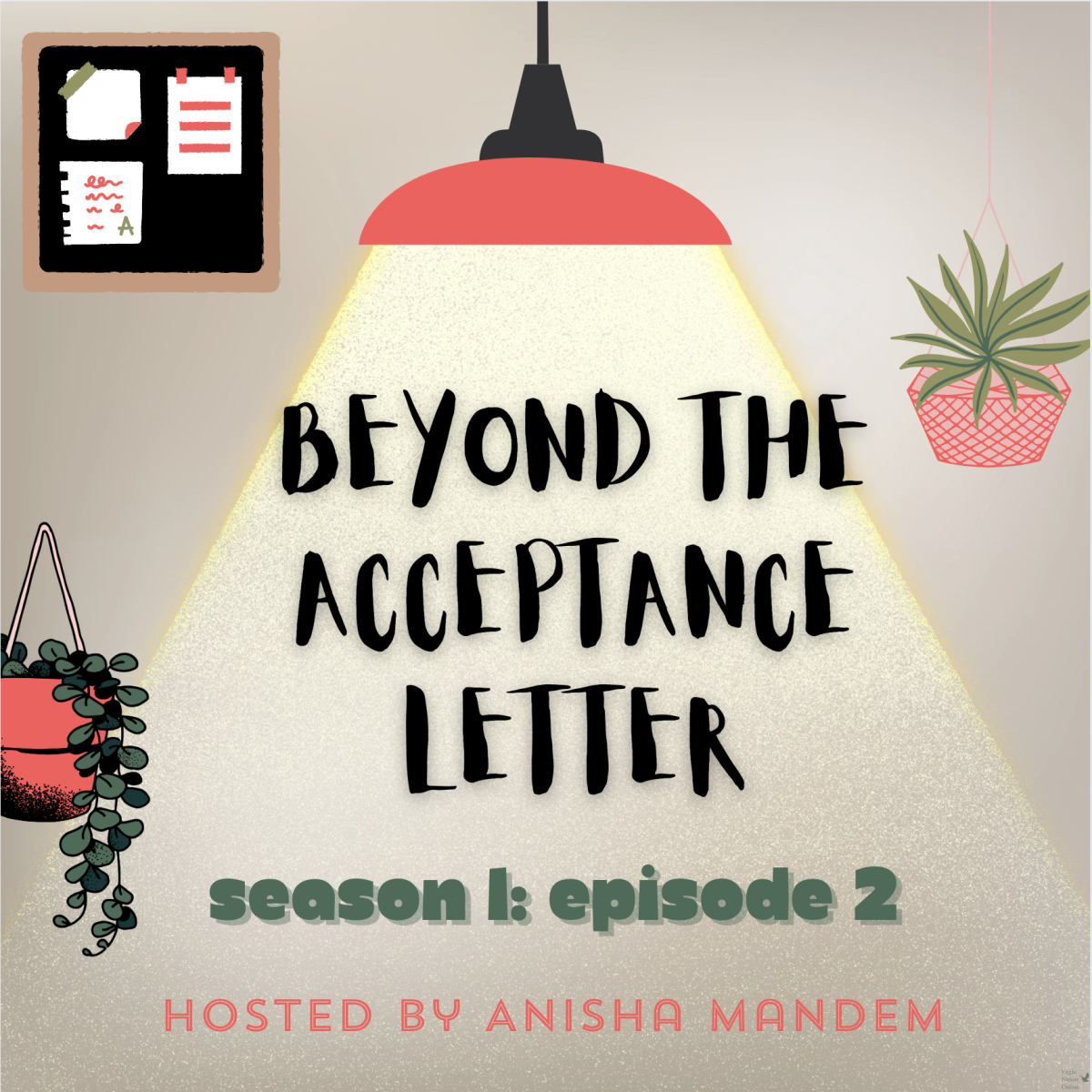
![IN THE SPOTLIGHT: Junior Zalie Mann performs “I Love to Cry at Weddings,” an ensemble piece from the fall musical Sweet Charity, to prospective students during the Fine Arts Showcase on Wednesday, Nov. 8. The showcase is a compilation of performances and demonstrations from each fine arts strand offered at McCallum. This show is put on so that prospective students can see if they are interested in joining an academy or major.
Sweet Charity originally ran the weekends of Sept. 28 and Oct. 8, but made a comeback for the Fine Arts Showcase.
“[Being at the front in the spotlight] is my favorite part of the whole dance, so I was super happy to be on stage performing and smiling at the audience,” Mann said.
Mann performed in both the musical theatre performance and dance excerpt “Ethereal,” a contemporary piece choreographed by the new dance director Terrance Carson, in the showcase. With also being a dance ambassador, Mann got to talk about what MAC dance is, her experience and answer any questions the aspiring arts majors and their parents may have.
Caption by Maya Tackett.](https://bestofsno.com/wp-content/uploads/2024/02/53321803427_47cd17fe70_o-1-1200x800.jpg)
![SPREADING THE JOY: Sophomore Chim Becker poses with sophomores Cozbi Sims and Lou Davidson while manning a table at the Hispanic Heritage treat day during lunch of Sept 28. Becker is a part of the students of color alliance, who put together the activity to raise money for their club.
“It [the stand] was really fun because McCallum has a lot of latino kids,” Becker said. “And I think it was nice that I could share the stuff that I usually just have at home with people who have never tried it before.”
Becker recognizes the importance of celebrating Hispanic heritage at Mac.
“I think its important to celebrate,” Becker said. “Because our culture is awesome and super cool, and everybody should be able to learn about other cultures of the world.”
Caption by JoJo Barnard.](https://bestofsno.com/wp-content/uploads/2024/01/53221601352_4127a81c41_o-1200x675.jpg)



